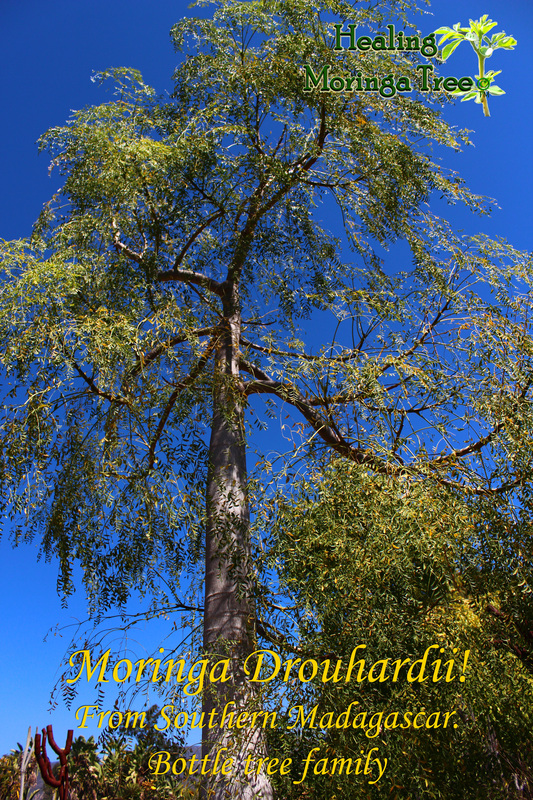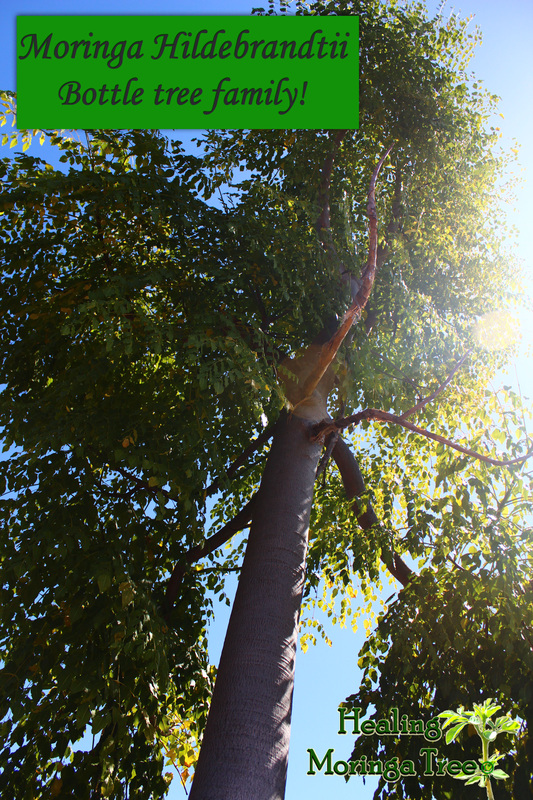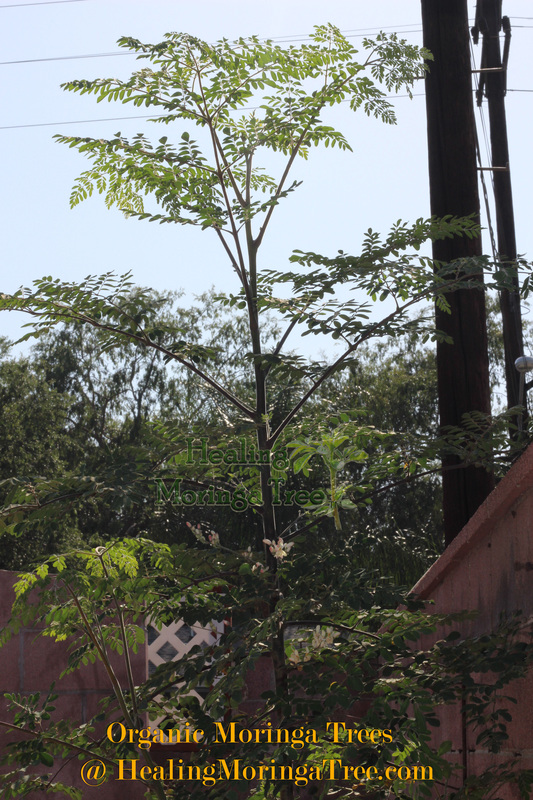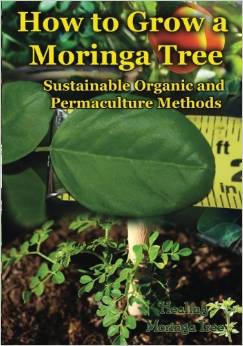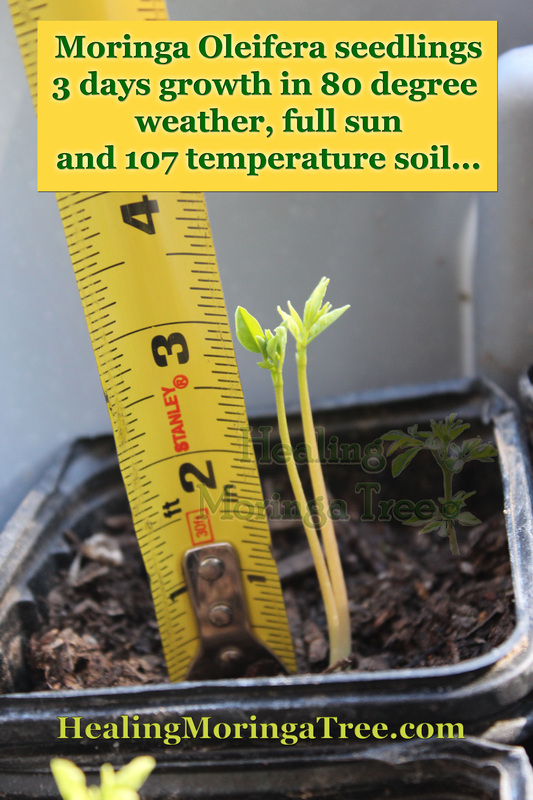And Being Aware Of:
In the near future, we can foresee that many more people will experiment with herbal medicines for everyday ailments like coughs, colds, sore throats, menstrual problems, minor cuts, scrapes and burns. In such cases, natural herbal remedies may be as effective, no more expensive over-the-counter drugs.
Since herbs lose their essential oils, and thus their efficacy, over time, fresh is best. Whenever possible, shop for herbs in herb shops or in the busiest natural food shops. According to herbalists, you want to use herbs as close as possible to the time they were harvested.
The standard rule is that you should never buy more of an herb at one time than you will likely use in a year. Better yet, if you have easy access to an herb store, buy medicinal herbs in amounts that will be consumed within three months.
Of course, buying fresh herbs and mixing concoctions at home is trickier and more time consuming than buying prepackaged varieties of aloe, echinacea, ginkgo biloba and pepper-mint leaf, for example. But if you have the time and energy, you may find that growing your own fresh herbs will dramatically enhance your health.
Truth be told, few people know the actual strength of herbal remedies. One big problem in herbal medicine today is the lack of comparative standards. Three bottles of echinacea herbal extract, for instance, could have widely varying potency, yet exactly the same price leaving the consumer not knowing which is strongest or weakest.
Standardization of herbal products is a thorny issue because the natural foods and herb industries do not want to invite too much government influence of intervention. Nevertheless, consumers have a right to know what they are buying. You must rely on consumer research and a trustworthy vendor for advice on which brands have the best reputation for product quality. Or, of course, you can grow your own. For Fresh Moringa & Other Medicinal Herbs: Visit www.HealingMoringaTree.com
0 Comments
(CNN)"This is a song about the high school experience, sung through the eyes of the person who -- more than anyone else -- puts young people on the right path," said Adam Sandler in a 1994 Saturday Night Livesketch. "I'm not talking about the teachers. I'm not talking about the coaches. I'm not even talking about the guidance counselors. I'm talking about a person we call the lunch lady."
Beyond making us laugh -- and providing Chris Farley an opportunity to dance his aproned heart out -- it seems Sandler was on to something. More than 30 million students eat school meals every day, and many of them rely on school foods for up to half of their daily calories. "Therefore, school-based interventions that encourage the selection and consumption of healthier school food components can have important health implications, especially if they are sustainable and economically feasible," writes Juliana Cohen, the lead author of a studypublished Monday in JAMA Pediatrics. Crafting better M.E.A.L.S. Researchers at the Harvard School of Public Health teamed up with the non-profit anti-hunger organization Project Bread to create the Modifying Eating and Lifestyles at School (MEALS) study, a randomized clinical trial in two urban, low-income school districts. Subjects consisted of more than 2,500 third- through eighth-grade students from 14 elementary and middle schools in Massachusetts. The team set out to examine the short- and long-term effects of a professional chef and the effect of extended daily exposure to a choice architecture intervention on students' school food selection and consumption. "Choice architecture" is a term that is used to describe the different ways in which choices can be presented to consumers and the impact of that presentation on consumer decision-making. "Overall, we found that both collaborating with a chef to enhance the school meals and using choice architecture techniques provide benefits," write the study's authors. "However, improving food quality and palatability was a more effective long-term method to increase consumption of healthier school foods." See Full Article: http://www.cnn.com/2015/03/23/health/healthy-school-lunches/index.html
Moringa Dishes:
Please Visit Us: www.HealingMoringaTree.com
By Healing Moringa Tree. Com
Large Leaf Mega Moringa Oleifera!
We at Healing Moringa Tree have extra large leaf Moringa Oleifera Species. After growing Moringa Trees for some time we has discovered that there are two types of Moringa Oleifera Species. Small leaf Moringa which grows slower and smaller leaves.
(Photo: POPSUGAR Photography / Nicole Perry) We all know adequate protein (especially after a workout) is key to building and repairing muscles, but a high-protein diet may also be the secret to consistent weight loss. In fact, research has shown that doubling your protein intake can help you drop pounds without losing muscle mass. In one study, published in The FASEB Journal, researchers put 39 patients on a weight-loss regimen over 31 days; at first, all participants were on the same diet to maintain their current weight. After 10 days, they were split into three groups following calorie-restricted diets: those who ate the US-recommended daily allowance (RDA) of protein, those who ate twice the RDA of protein, and those who ate three times the RDA of protein. The participants exercised accordingly in order to lose an average of two pounds a week. The researchers found that those who ate double the protein were able to lose fat without losing muscle mass while exercising on the diet. The participants who ate triple the amount of protein didn’t experience any more weight loss than the double group. If you’re trying to lose weight, Read Full Artcle Here: https://www.yahoo.com/health/the-magic-protein-formula-for-weight-loss-126024832088.html Protein In The Moringa... JUST ANOTHER ORGANIC SOLUTION! Please Visit Us At: https://www.healingmoringatree.com/dried-moringa-leaf-powder.html
The Drumsticks Tree
Moringa Seed Pods
They can purify water, feed a family of four for 50 years, and help combat climate change — and you've probably never heard of the. Don’t get me wrong. I’m a fan of kale. But kale is absolutely, positively not a superfood. A superfood is high in protein, low in fat, gluten-free, loaded with omega-3s, bursting with antioxidants and overflowing with folate, fiber and phytonutrients. But the vast majority of what gets called a superfood these days should be called “health food.” Yes, health food is a perfectly suitable descriptor for goji berries, pomegranates and chia seeds. To get an idea of a true superfood, look at quinoa. The Andean grain is more than just a high protein, low-fat, gluten-free alternative to rice or pasta. Quinoa is not only one of the only plants in the world that provides a complete source of protein. It is also an extraordinarily resilient plant. You can grow it at just about any altitude, from sea-level up to 13,000 feet. It can withstand a wide range of temperatures, and needs very little water to survive. There’s a reason why the United Nations General Assembly declared 2013 “The International Year of Quinoa” and not “The International Year of the Goji Berry.” Kelp is another example of a true superfood. It’s not merely high in protein, low in fat and loaded with heart-healthy antioxidants. It grows at turbo speed (9 to 12 feet in three months) without the need for fresh water or fertilizer. Kelp could provide the world with a vast new source of sustainable protein — and potentially reduce greenhouse gas emissions. (Kelp forests are carbon sinks.) Real superfoods possess super-traits — like the ability to grow astronomically fast in some of the world’s harshest climates. Or the ability to make dirty water safe for drinking. Or the ability to feed a family of four for 50 years. Here are three superfoods, largely unknown in the United States now, that will quite possibly become the next quinoa. The Moringa Tree It’s often called the “the miracle tree” or the “tree of life.” In the Philippines, they call it a “mother’s best friend.” In Senegal, it’s the “never die tree.” Virtually every part of the moringa tree (Moringa oleifera) — pods that taste like string beans, leaves redolent of spinach, seeds reminiscent of peanuts, roots that taste like horseradish — is edible and packed with nutrients. A small serving of the humble-looking moringa’s tiny leaves has seven times the amount of vitamin C of an orange, four times the calcium of milk, and four times the beta-carotene of carrots, according to nutrition researcher C. Gopalan’s Nutritive Value of Indian Foods. Not surprisingly, the tree, which is native to north India, is developing a cult following among natural foods enthusiasts.
The Breadfruit
The breadfruit looks like a green soccer ball with pimples. And it tastes like sourdough bread. The first time I tried it, I thought “blah.” But there’s a vigorous effort underway to get people to love this ugly, tasteless fruit; some believe the breadfruit could save millions of people annually from starvation. Native to tropical regions in the South Pacific, the breadfruit (Artocarpus altilis), known as Ulu in Hawaiian, is a nutritional powerhouse — one cup of breadfruit has more potassium than three bananas, according to the USDA, and it’s loaded with fiber, calcium, phosphorous, copper and other essential nutrients. Some cultivars also have high levels of beta-carotene, which makes it a promising weapon against vitamin A deficiency, the leading cause of blindness in children. The breadfruit is a remarkably low-maintenance yet extraordinarily productive tree. A mature tree yields 450 pounds of fruit per season, according to Josh Schneider, a horticulturalist at Global Breadfruit, an organization that promotes the use of the breadfruit tree. Schneider estimated in an interview that one breadfruit tree could feed a family of four for more than 50 years. A growing group of NGOs, like Global Breadfruit and the Trees That Feed Foundation, are now dedicated to spreading the use of the trees, and it’s not just because breadfruit is one of Earth’s highest yielding food crops. Studies show that more than 80% of the world’s poor and hungry live in subtropical regions — perfect for breadfruit trees. And recent breeding improvements are accelerating the speed of a tree’s growth. Now, you can produce fruit in 2 to 3 years, Schneider said One breadfruit evangelist, Hawaiian horticulturalist Diane Ragone, like me, didn’t care for the breadfruit on her first taste (she likened it to “undercooked potatoes”), but now thinks the fruit’s underwhelming taste is easily surmountable. Ragone’s advice: sauté them. “Think of sautéed breadfruit as a platform for any kind of cuisine or flavor,” Ragone told theWall Street Journal. Others talk about the breadfruit’s potential as a food ingredient and as an alternative to flour. Imagine a bagel that could prevent millions of children from going blind. The Prickly Pear Cactus The prickly pear cactus, what botantists call opuntia ficus-indica has lots of healthy qualities — high in vitamins, fiber and antioxidants, low in fat — and it all comes from some of the driest and worst land on the planet. Some beleaguered farmers in arid places like California’s drought-stricken San Joaquin Valley are starting to see the light. Instead of fighting water shortages and desertification, they’re adapting. One article about a maverick cactus farmer likened it to making lemonade out of lemons. Andclimate forecasts suggest that more farmers around the world will be drawn to a crop that can not only flourish with little or no irrigation, but can also tolerate poor soil. The food-of-the-future cacti is not the puny cacti you’ve seen driving through Arizona. Scientists in water-starved places like Israel, California and Texas have worked for years to create food-friendly varieties, which are much bigger and have no needles. Smooth skinned and frost-resistant, today’s cacti were the subject of a 2013 United Nations report on industrial-scale cacti cultivation, highlighting successes in the developing world. But don’t think the cactus is just a “feed theworld” crop for an apocalyptic scenario. Food writer Sam Brasch, who suggests that the prickly pear could be “the next kale,” describes its flesh as “landing somewhere between a watermelon and a kiwi.” The prickly pear is also promising because it can be used in so many ways — for juices, jams and jellies; some studies even suggest that it’s a hangover cure. Each of these three superfoods has the potential to not only improve your health, but also improve the world–and you’ll inevitably see them at Whole Foods. Read Full Article Here>>http://time.com/3544425/superfoods-moringa-tree-breadfruit-prickly-pear-cactus/
Please Visit Our Site: www.HealingMoringaTree.com
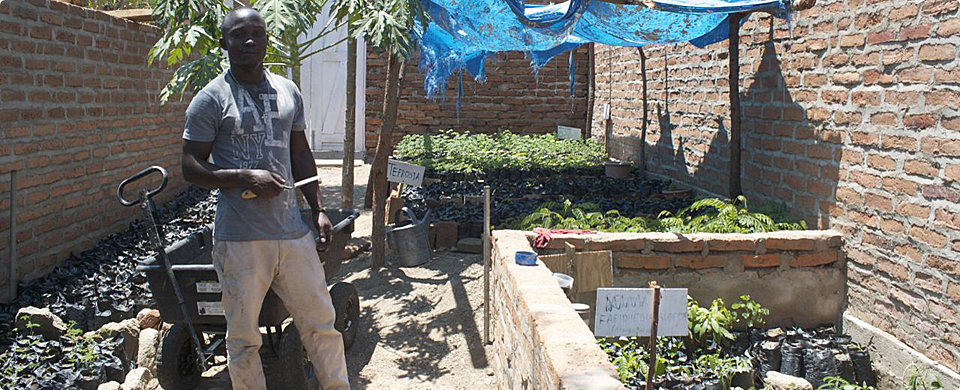 MORINGA MEAL PROJECT HOME MORINGA MEAL PROJECT Moringa OUR MISSION To empower the people of Malawi, Africa to implement sustainable, community-driven solutions that promote human advancement. MORINGA IN MALAWIDetermined to Develop focuses on issues affecting the poorest of the poor in Malawi, Africa. We focus on programs supporting education, orphan care, women’s empowerment, health and the environment. The majority of our effort and funding is spent on education with a focus on those who are orphans and for whom education is the light at the end of an otherwise hopeless tunnel. Most especially, our Malawi based charity emphasizes girls education in the continuing pursuit for gender equality in Africa and the world. WHY MALAWI? Malawi is nicknamed “The Warm Heart of Africa” by both locals and visitors for its friendly spirit and welcoming people. But behind the smiles and eternal optimism of its culture, Malawi is one of the poorest places on earth. Malawi, a landlocked country located in southeast Africa about the size of Pennsylvania, presents a number of challenges for its youngest citizens and their families. Malawi is home to an estimated 6.8 million children (Unicef) and poverty continues to be chronic and widespread. The country’s development is thwarted by a fast growing population, limited arable land, natural disasters, food insecurity, malnutrition, AIDS and a high incidence of malaria – one of the leading killers of children in Malawi under the age of five. Malawi is one of the poorest counties in the world, ranked 170 out of 187 countries on the Human Development Index (UN 2013). According to the United Nations, Malawian people as a whole, live on less than $1 US a day. This includes around four million children living in poverty (UN 2013). Poverty hits children the hardest and threatens their most basic rights to survival, health, nutrition, education and protection from exploitation. Tens of thousands of children, particularly in rural areas, face unimaginable living conditions. They remain without access to running water, decent sanitation and medical facilities. Malnutrition is devastating and the single biggest contributor to child death in Malawi (unicef). Malawi is heavily affected by the HIV/AIDS pandemic and the risk for a child to lose parental care is comparatively high. Tens of thousands die each year because of AIDS. The HIV prevalence rate is more than 11 percent and over 1,100,000 people in the country are living with the disease (UNAIDS 2012). The extent to which the disease affects the country’s children is beyond compare. More than half of Malawi’s estimated one million orphans, 770,000 children in Malawi, have lost one or both of their parents to HIV and AIDS (UNAIDS 2012). Please watch the video below to learn why we want to battle malnutrition in Malawi with moringa HOW YOU CAN HELP #1 SUPPORT OUR MORNING MEAL PROJECT IN MALAWIWe want to use moringa to battle malnutrition in Malawi, Africa. We have funded 1 year of a nutrition program that will provide meals using moringa to 700 children every day at primary school in Chilumba, Malawi. We need your help to fund our moringa project for a second year. Malawi is a developing country facing many issues. Two major problems in this country are malnutrition and education. UNICEF reports 46 percent of the population has stunted growth by the age of 5, 21 percent are underweight, and 4 percent are wasted. In addition, there is a prominent nationwide Vitamin A deficiency, which creates problems with immunity. Additionally, 74 percent of Malawians do not complete primary school, which is the equivalent of grade school in the United States. We will feed these children at a primary school in Chilumba, Malawi so that they can learn, grow and achieve. These children will learn while they eat. We will battle malnutrition by using an additive called moringa in the meals. Locally grown and selected for sustainability, moringa is a rich source of vitamins A, B, and C. Moringa also contains a large amount of calcium, iron, and protein. Our goal is to provide one meal containing moringa to 700 children at school every day. No donation is too small and all help is greatly appreciated. A gift of just $11 can feed one child for an entire year. Deforestation and degredation of the environment in Malawi is an issue that Determined to Develop and the local community are addressing through our reforestation project. The project continues to move forward, and more seeds are being planted to improve the environmental health. Six types of tree are currently being planted including the acacia, which is used for home canopies/shade, and moringa, which has nutritional benefits. So far it has been observed that the moringa tree grows very fast and survives easily during the hot season. Once ready, the seedlings will be distributed to kids from the local primary schools to care for. If you are unable to make a fiscal contribution, we urge you to help us complete our mission by spreading the word about moringa and sharing our story. Eat. Learn. Achieve. HOW YOU CAN HELP #2 SPONSOR A CHILD IN MALAWIDetermined to Develop assists with living expenses, school tuition fees, uniforms, shoes, learning materials, clothing, hygiene items, transportation and medical expenses for children – primarily orphans – in Malawi, Africa. Through your generous donations, our Malawi charity has assisted more than 300 children who otherwise would NOT have received an education! While primary school (grade school in the US) is free in Malawi, costs such as uniforms, pencils, notepads and shoes often prove too great for struggling subsistence farmers and make even free primary school unaffordable for many families. Secondary school (high school in the US) is not free and school fees (around $20 US per month) are unaffordable for the majority of families in Malawi. Although secondary school education remains a basic public service in many counties across the world, millions of children in Malawi, Africa will never have the opportunity to experience a high school education. This is why ourAfrica charity focuses the majority of our efforts and funding on education. Many of the children in Malawi assisted by Determined to Develop are provided with permanent housing and live within a family environment. $50 a month or $600 a year covers a child’s living expenses, including: school tuition fees, school uniforms, learning materials, transportation, clothing, shoes, food and medical expenses. For less than many people spend on coffee in a month, you can sponsor a child in Malawi. Our needs are immense and sometimes overwhelming, but it’s through small steps that we work to make our world a better place. It’s only through your generous support that our Africa charity is literally able to save lives. If you are in the position to help your brothers and sisters in Malawi, who are far away but close at heart as part of the one human family, we ask that you answer the call and sponsor a child through Determined to Develop today. Sponsorship includes letters, pictures, emails and direct communication between you and your sponsored child in Malawi. There are many Malawi charity projects, but through low overhead costs, the close relationships we’ve developed with the Malawi community & a mostly volunteer staff, Determined to Develop can make your donation go farther than other charities in Africa. All donations are 100% tax deductible and we’ve partnered with Network for Good to securely process your PayPal or online credit card donation. Please help our Moringa Meal Project today! Tawonga chomene (We thank you) DONATE NOWSUPPORT OUR MISSION TO EMPOWER THE PEOPLE OF MALAWI, AFRICA CLICK HERE WWW.DETERMINEDTODEVELOP.ORG Determined to Develop 143 Woodstock Drive Avon Lake, OH 44012 Phone (440) 364-2929 Privacy Policy Please help us and spread the word by using the social media links on this website and shopping with AmazonSmile Malawi Research Practicum on Rights & DevelopmentDETERMINED TO DEVELOP © 2016 It all starts with the perfect seed!The Power of Moringa
|
Archives
June 2019
We sell Organic Moringa Trees,Moringa seeds.Southern California source of healthy Organic Moringa Trees. Categories
All
|
- Store Shop
-
MORINGA TREES & SEEDS
- MORINGA TREES
- Buy Moringa Seeds & Trees
- Moringa Tree Starter Kit
- Moringa Root Kits
- Wholesale Moringa Trees
- Organic Moringa Seeds
- Buy Oleifera Seeds >
- Buy Stenopetala Seeds
- Buy Moringa Roots
- Baobab Trees for Sale >
- Buy Medicinal Plants >
- Growing Moringa
- Sustainable Supplies >
- Moringa Books >
- Ground Organic Moringa seeds
- Non-Toxic ECO Moringa Cleaners
- Clay Tea Pots
-
Moringa Health
- ORGANIC HERBAL SMOKES
-
Moringa Powder, Capsules, Tea, Dried Leaves,
>
- Moringa Honey
- Moringa Alkaline Water
- Moringa Recipes
- Moringa First Aid kits
- Moringa Tooth Powder Kit
- Diatomaceous Earth
- Buy Turmeric >
- MORINGA SPAGYRIC TINCTURE >
- Fresh Moringa >
- Moringa Herbal Olis >
- Moringa Oral Care >
- Moringa Nail Polish
- Moringa Sample set
- Colloidal Silver Products
-
Moringa Beauty Products
- Mamas Moringa Baby Products
- Organic Moringa Cosmetic Products
- Aroma Herbal Mood Sprays
- Moringa Hair Products >
-
Moringa Skin Products
>
- Organic Moringa Oil >
- Moringa Soap
- Moringa Hand Soap
- Moringa Natural Skin Care System
- Moringa Anti-Aging Face Lotion
- Moringa Infused Clay Mask
- Roll on Aluminum-Free Moringa Herbal Deodorants
- Moringa Herbal Deodorants
- Moringa Sunscreen
- Moringa Bath Salt
- Moringa Hand Sanitizer
- Moringa Chest Rub
- Moringa Foot Spray
- Moringa Vaginal lubricant
-
Moringa For PETS
- Moringa Silky Coat Dog Grooming Products
- Yorkie Hypoglycemia Relief Multivitamin Drops
- Moringa American Staffordshire Terriers
- Moringa Healthy PETS
- Moringa Doggy Treats
- Moringa Dog Food
- Organic Moringa Cat Treats
- Organic Moringa Pigeon Feed
- Organic Moringa Fish food Flakes!
- Moringa Pet Body Products
- Moringa GIFTS
- Healing Moringa MASSAGE & SPA


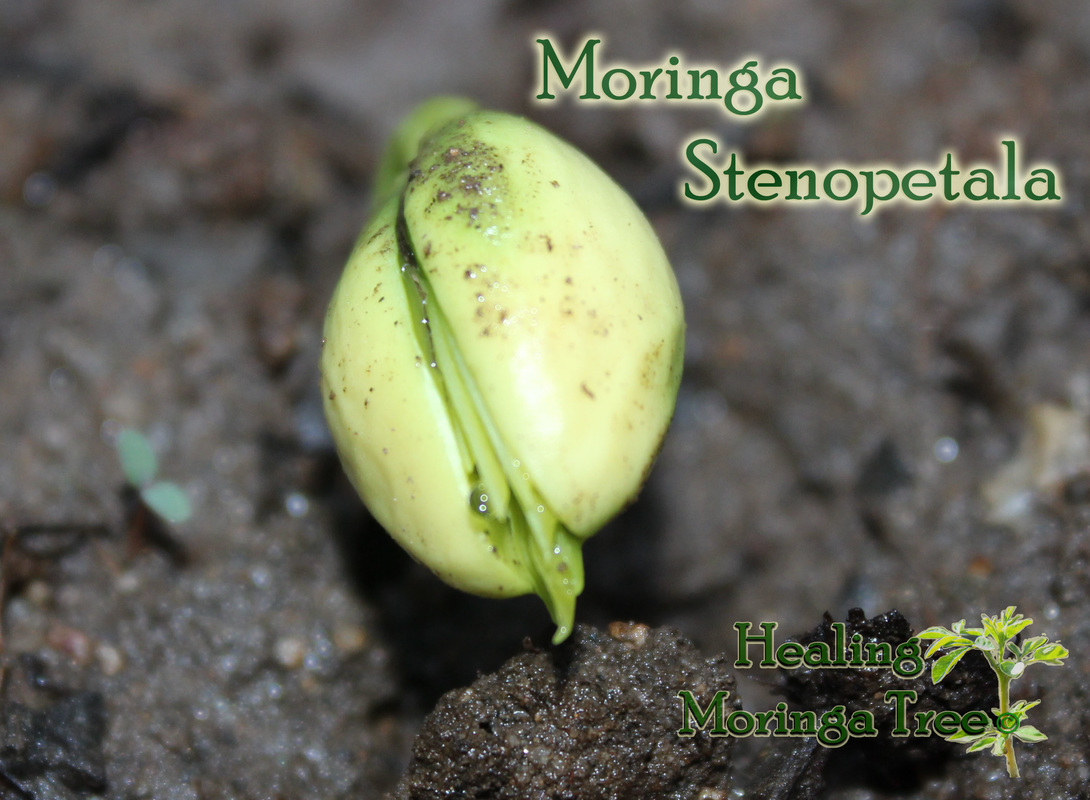
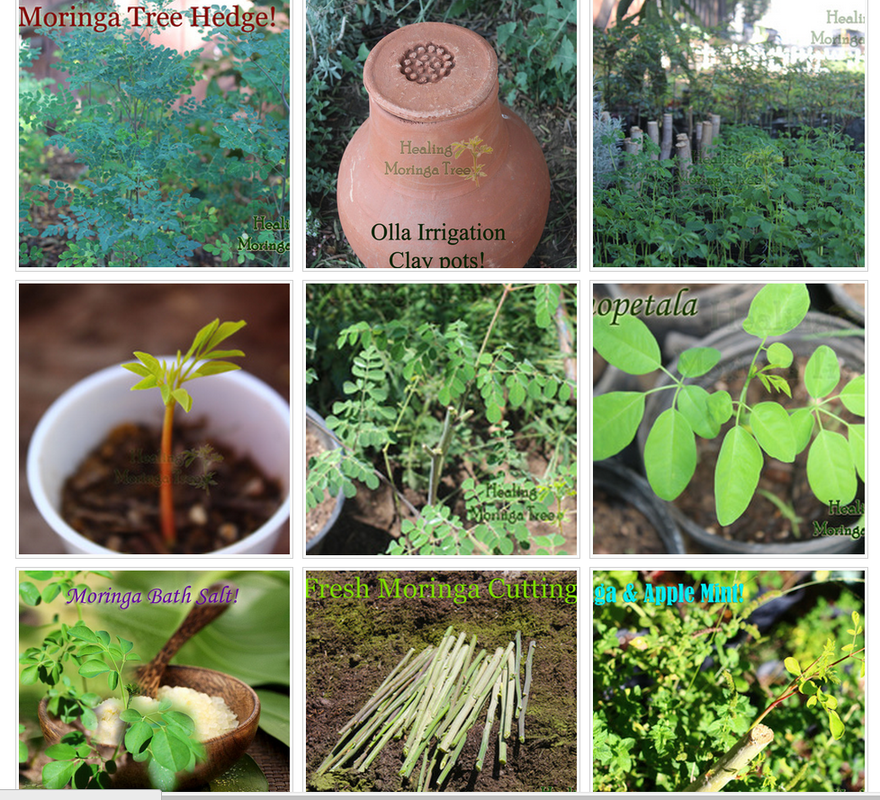
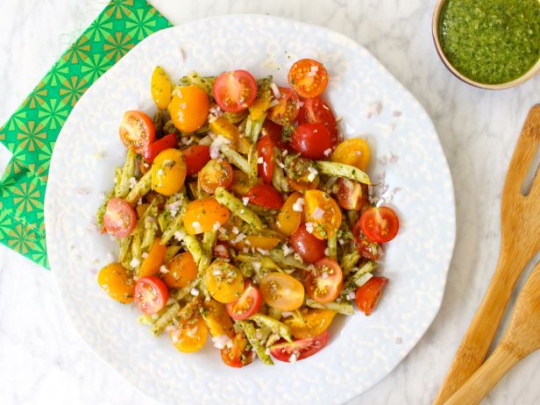
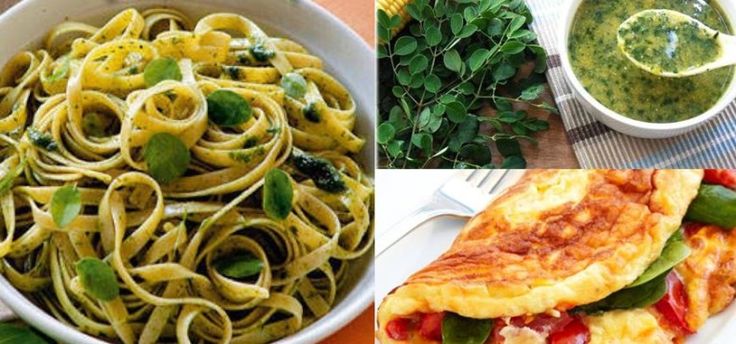
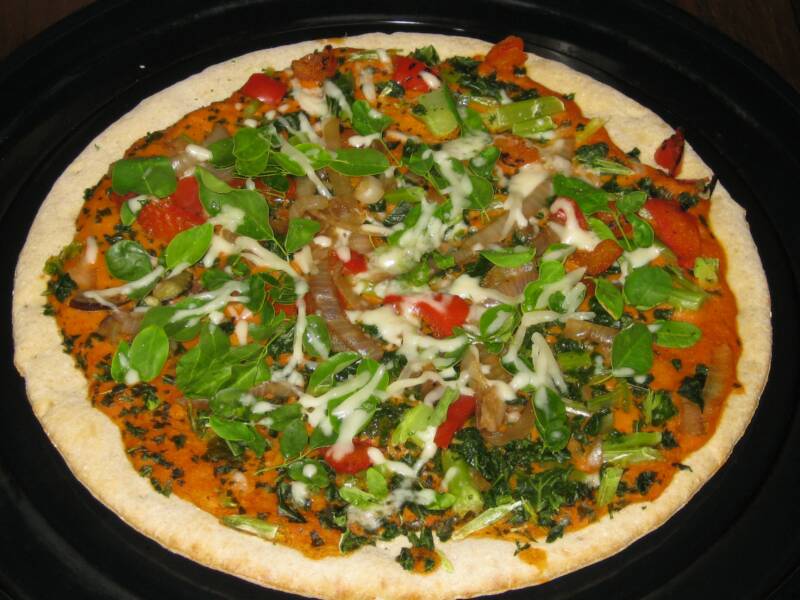
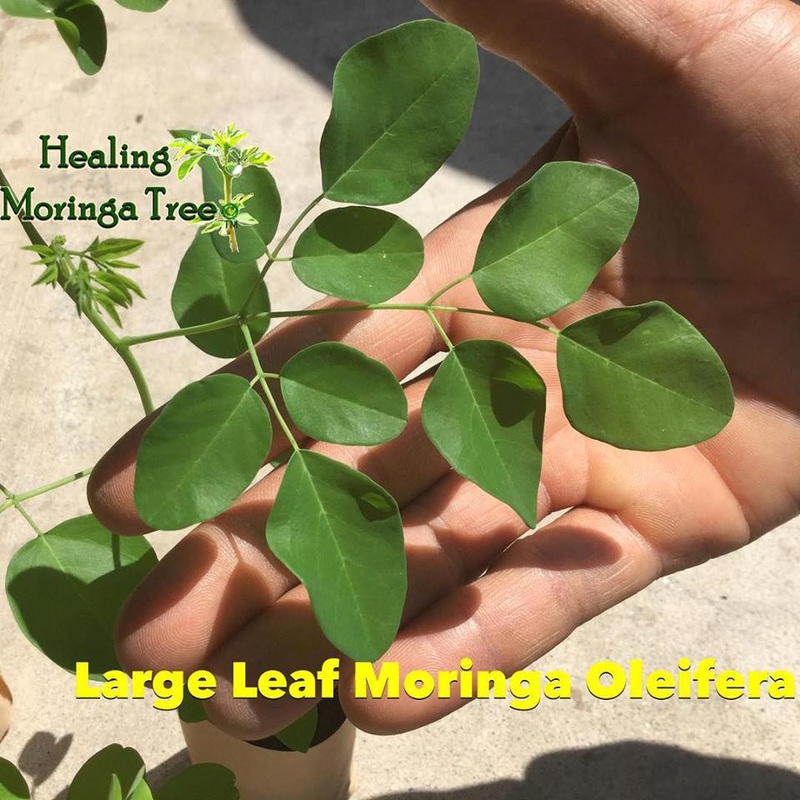
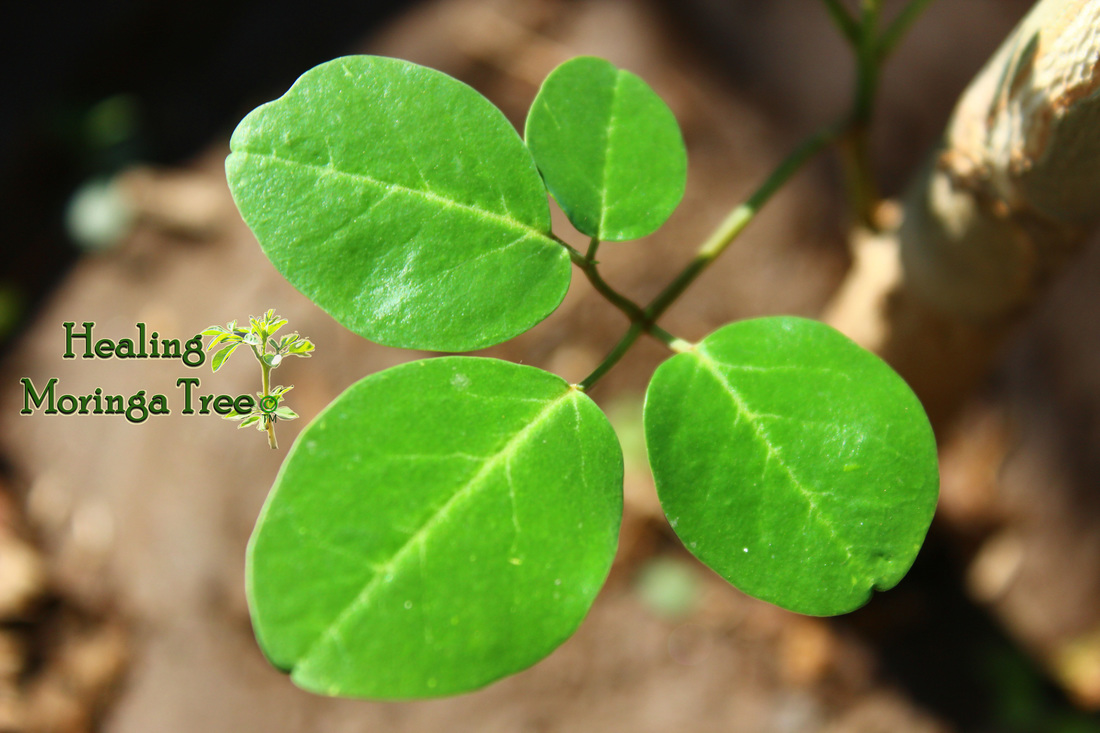
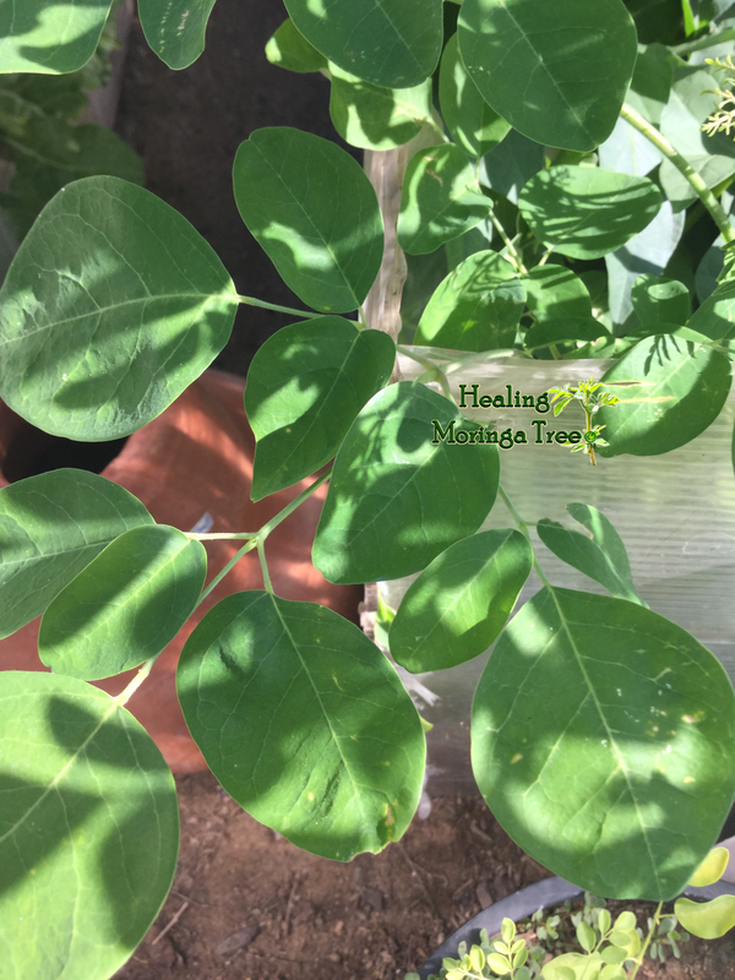
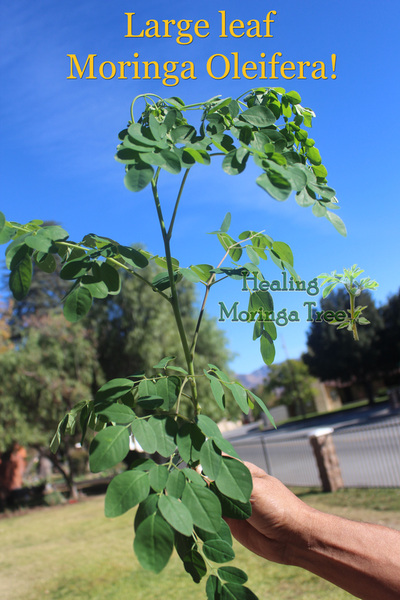
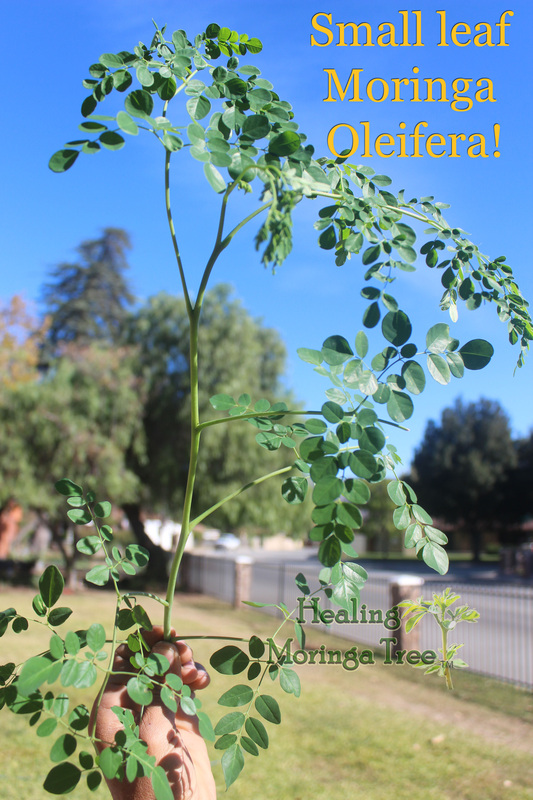
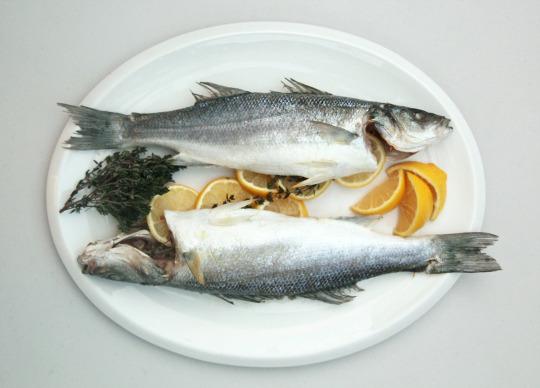
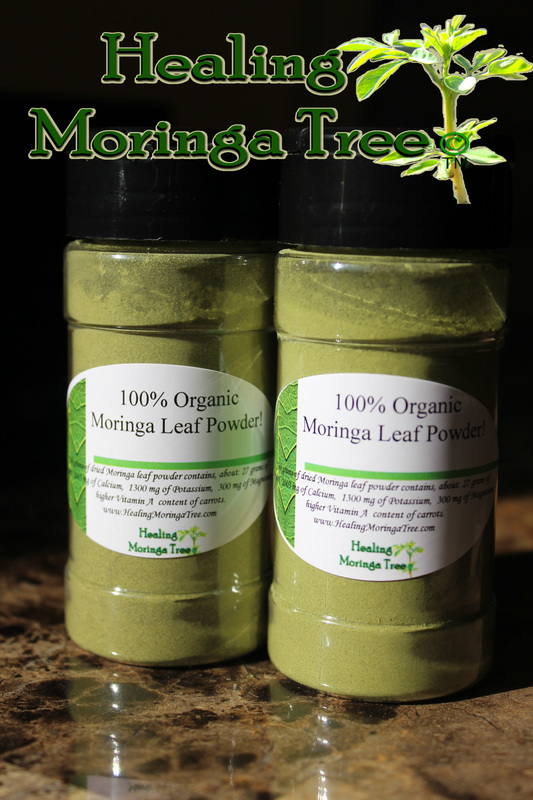
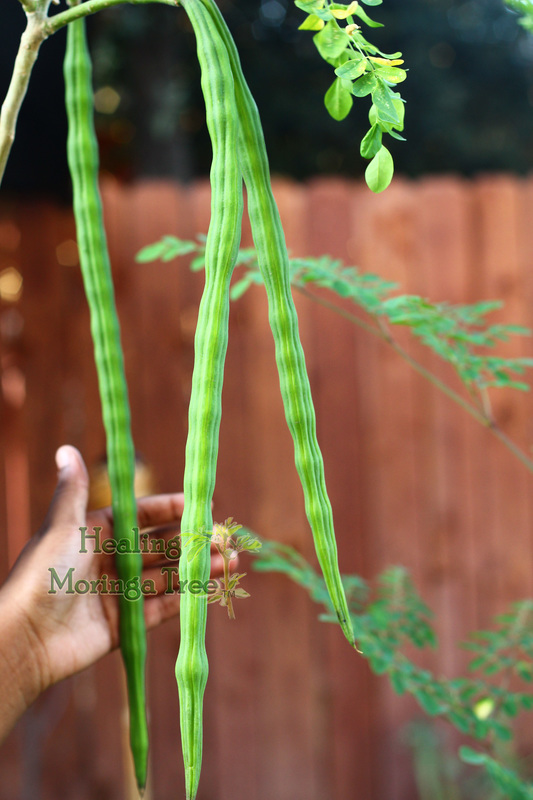
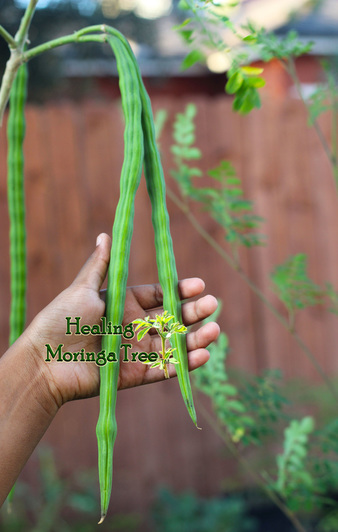
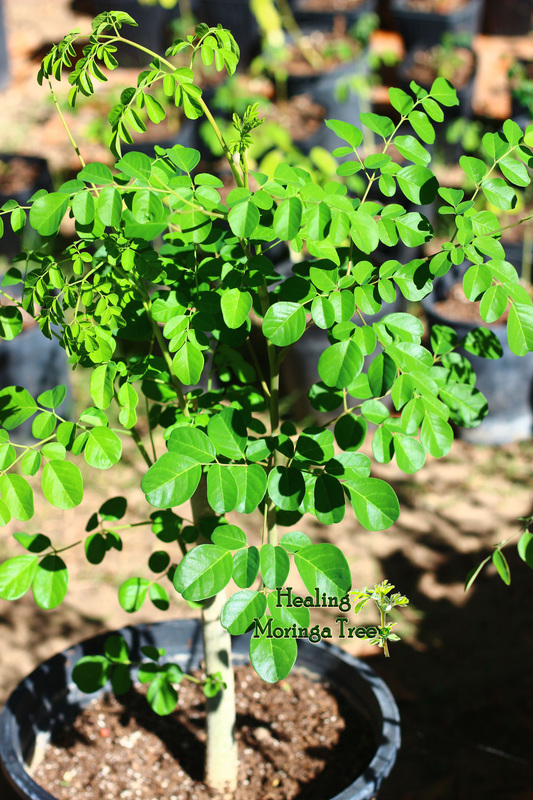
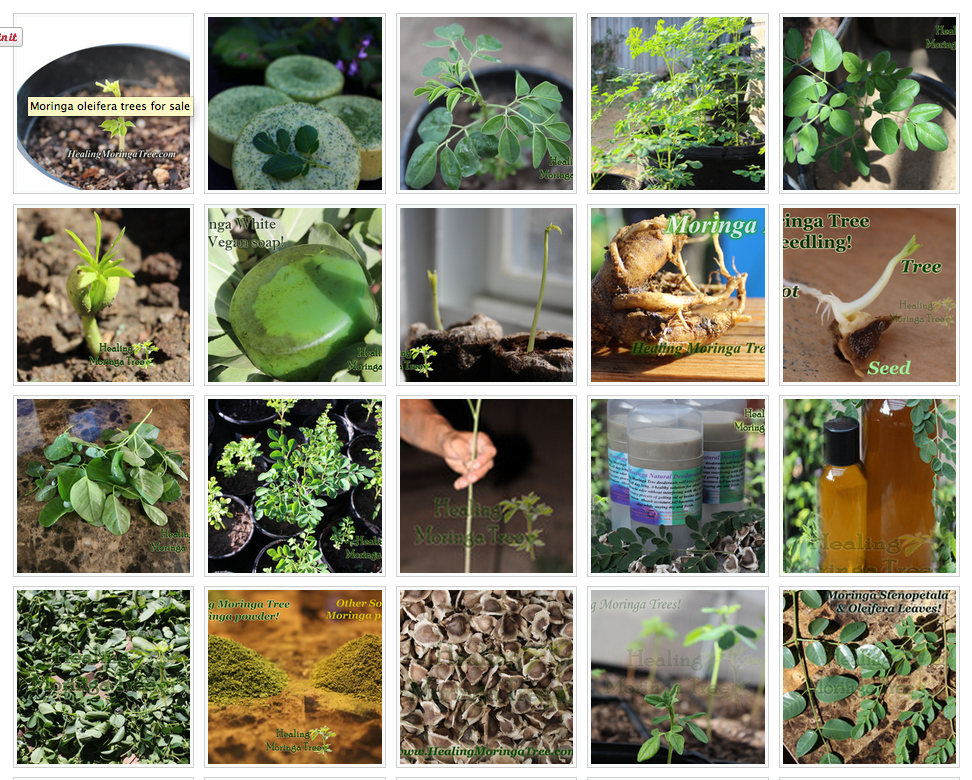


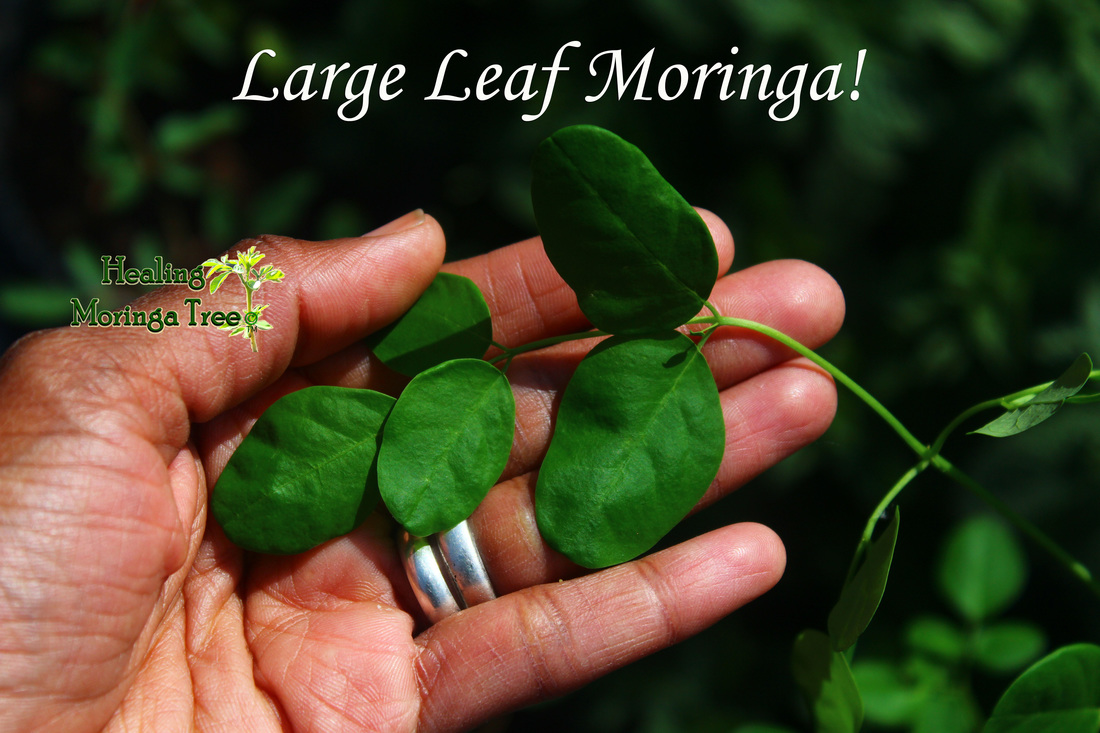
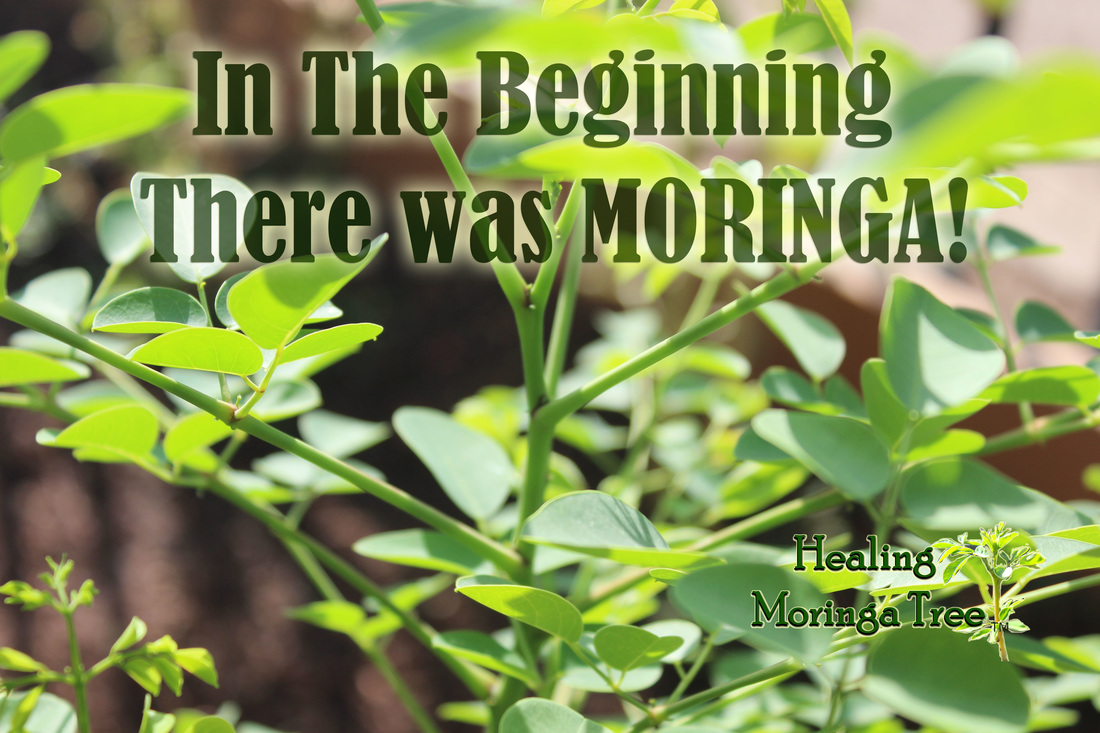
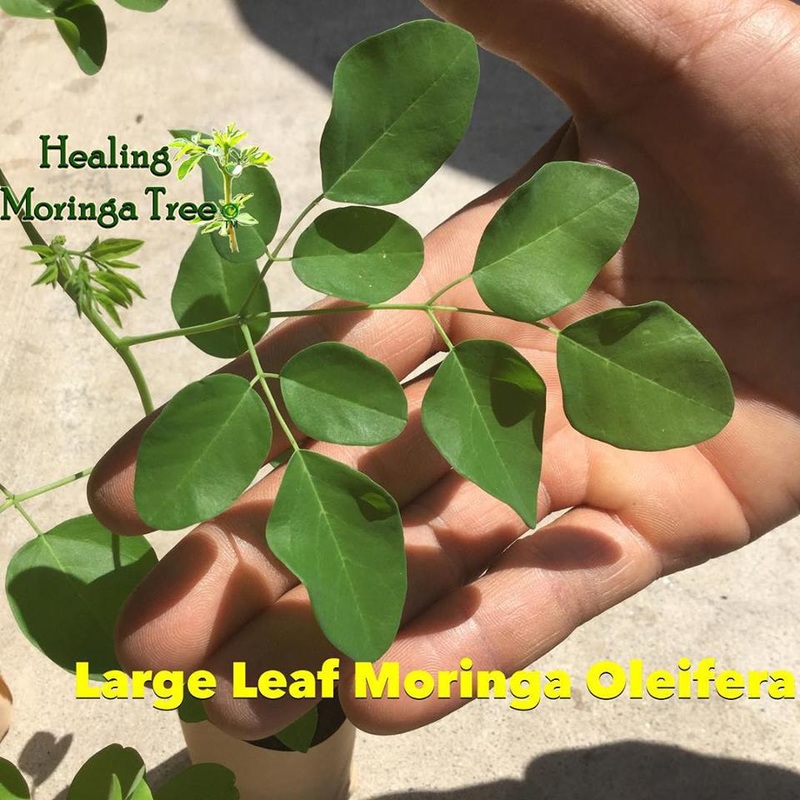



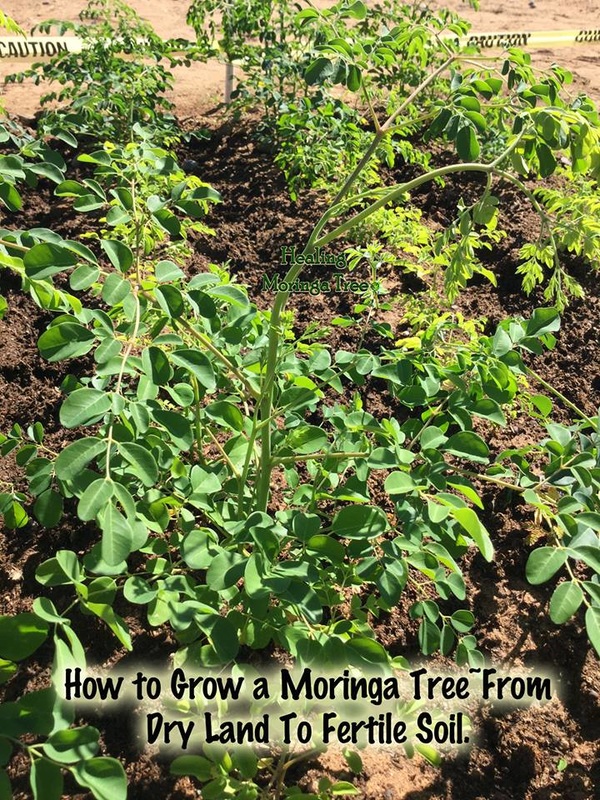
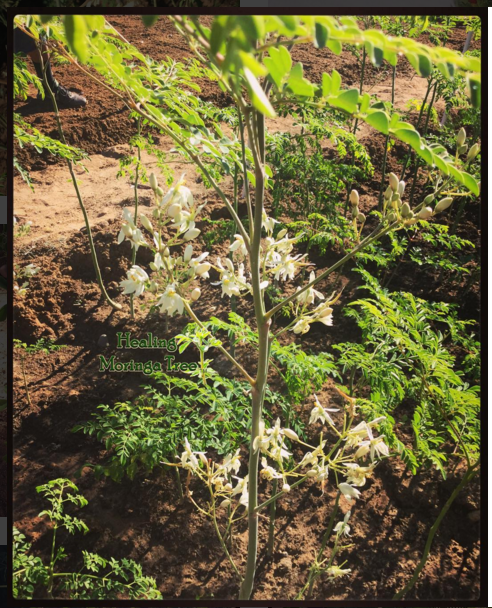
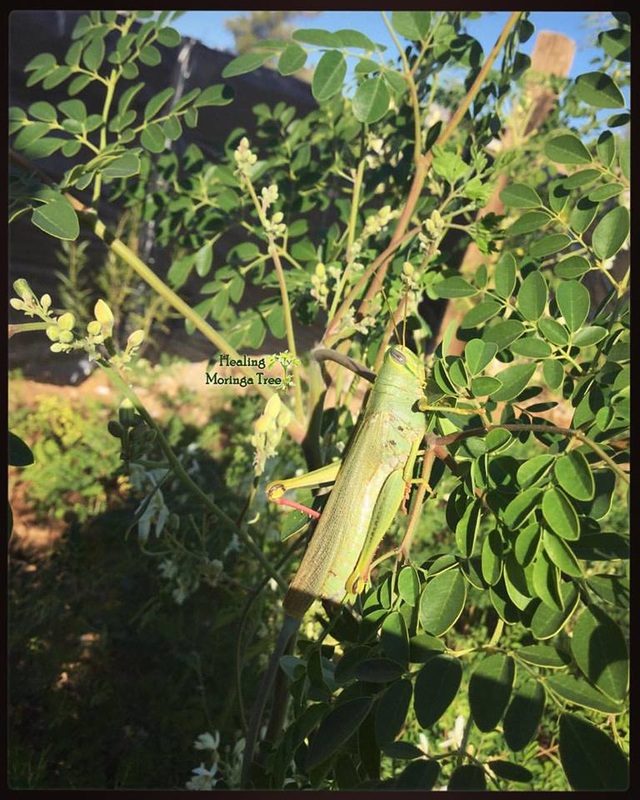
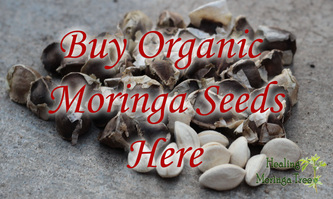

 RSS Feed
RSS Feed



